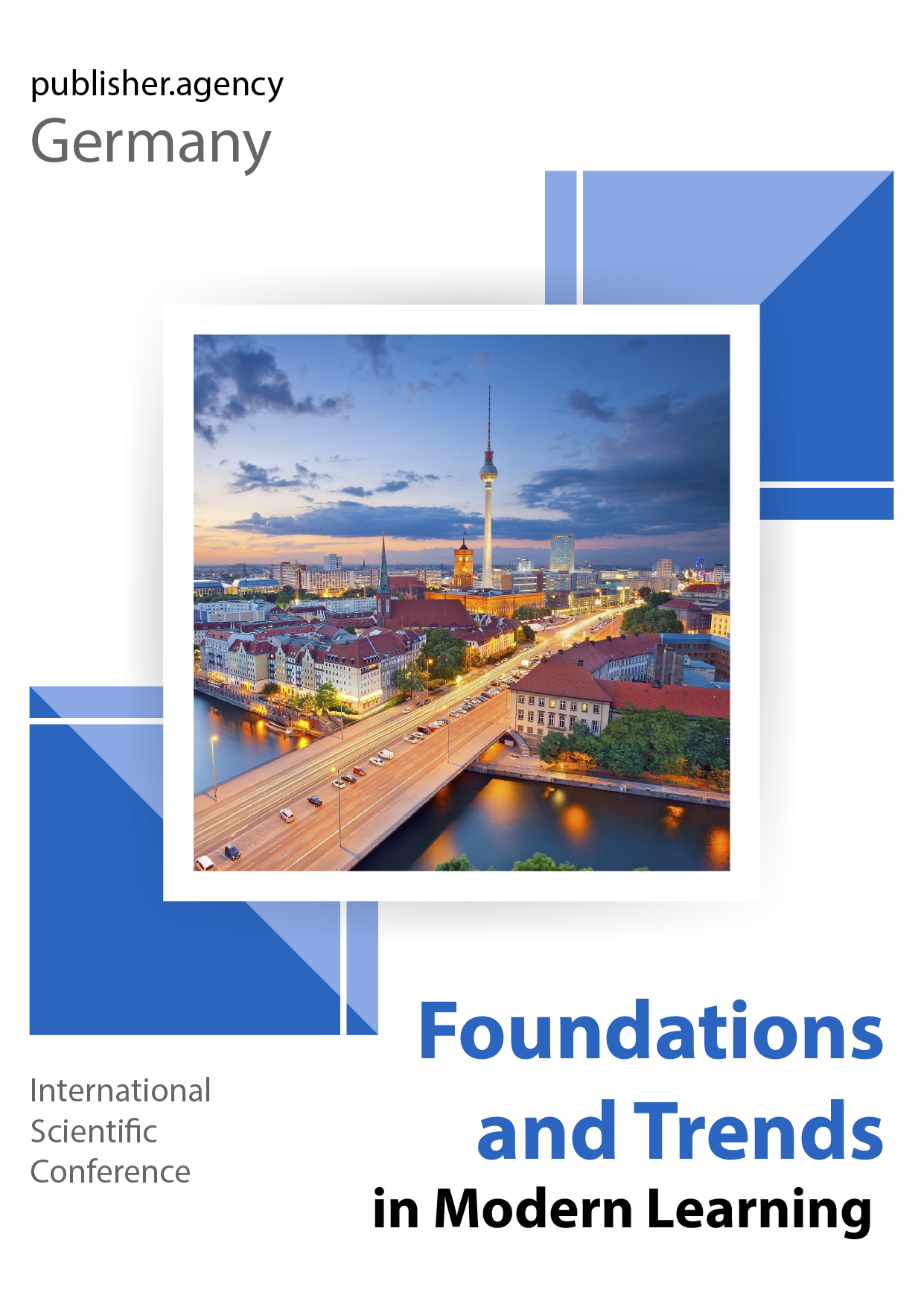INTERNATIONAL TERRORISM AND REGIONAL SECURITY OF CENTRAL ASIA: CONCEPT AND CLASSIFICATION
Abstract
Since the collapse of the Union of Soviet Socialist Republics and the formation of new independent states, it has transformed the once peripheral region of Central Asia into a region that occupies a key position in the system of geopolitical coordinates of the entire Eurasian space.
Terrorism has accompanied humanity throughout its history. One of the main goals of the terrorist action is to sow fear in as many people as possible. The carriers of modern terrorism are: political organizations, extremist groups, individuals who deny legal opposition activities, as well as criminal structures and individuals fighting for the division and limit of spheres of influence. A characteristic feature and at the same time the inhuman essence of terrorism is that in order to achieve their goals, terrorists use fear, horror, and often the death of completely innocent people.
Modern terrorism is distinguished by a variety of techniques and methods used: these are hijackings of air transport, explosions in crowded places, kidnappings, murders, threats, poisoning and other actions, the victims of which are often completely random people. The scale of terrorism is constantly increasing as a result of changes in ownership forms and the intensification of the struggle for power.

